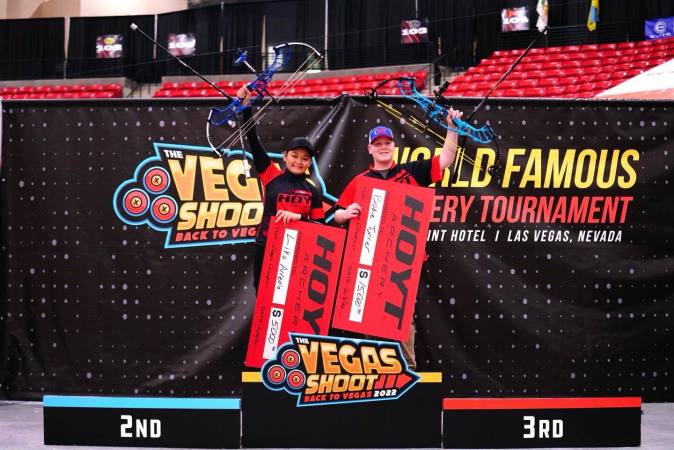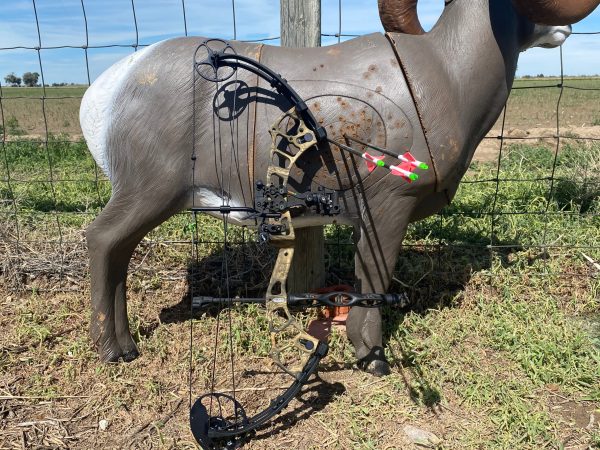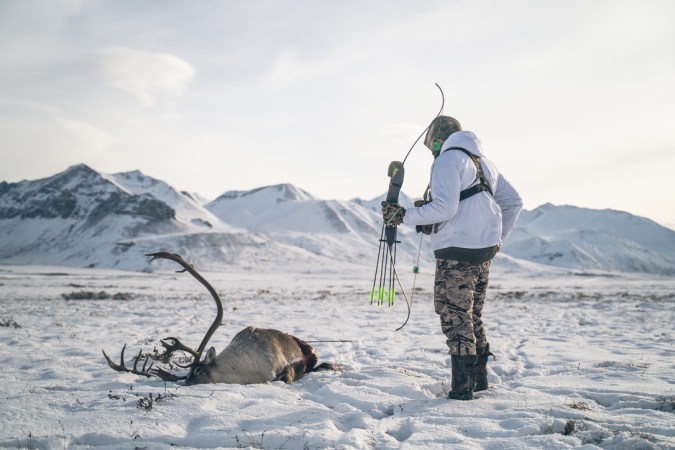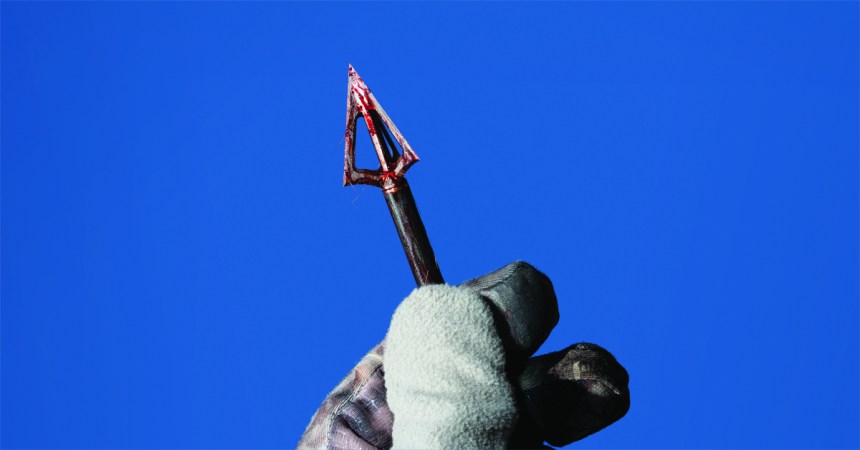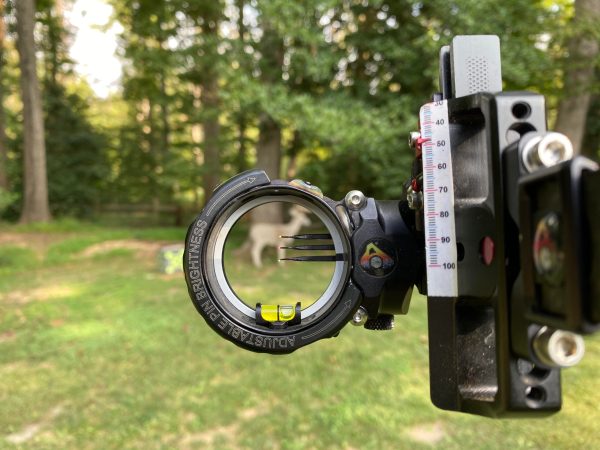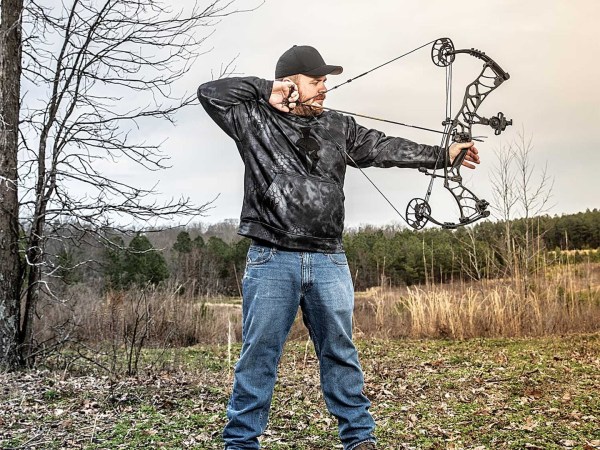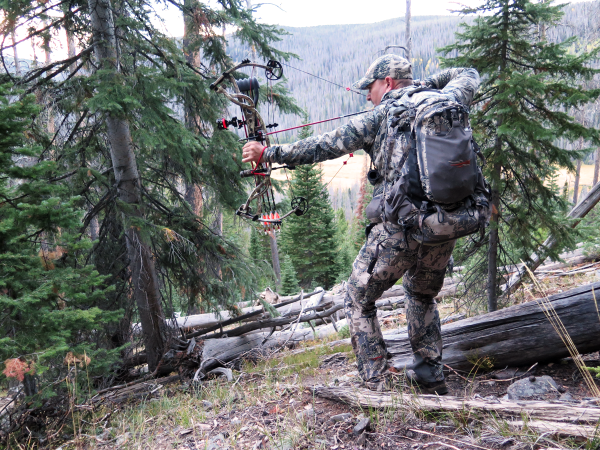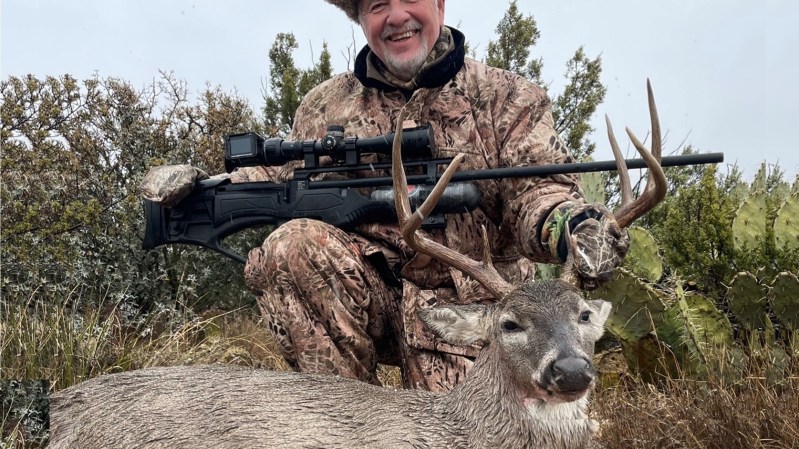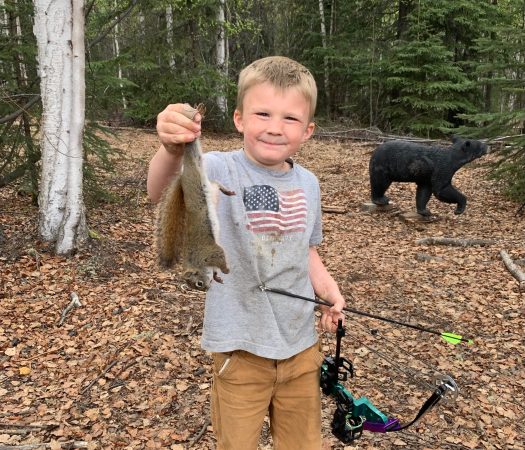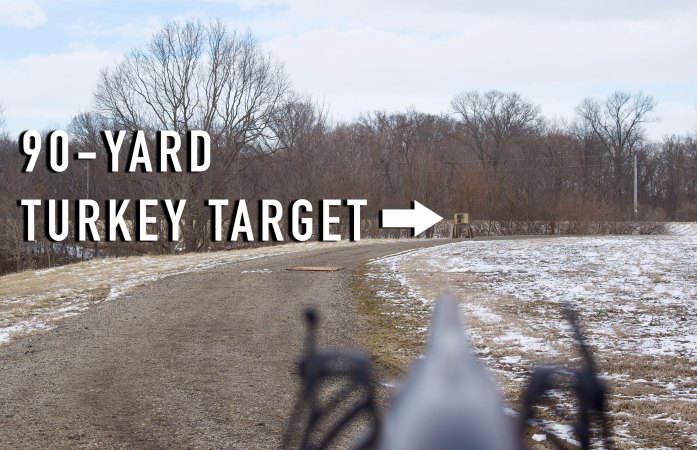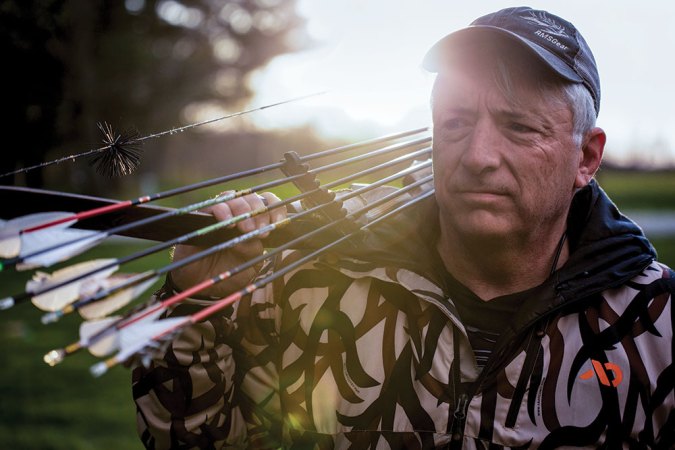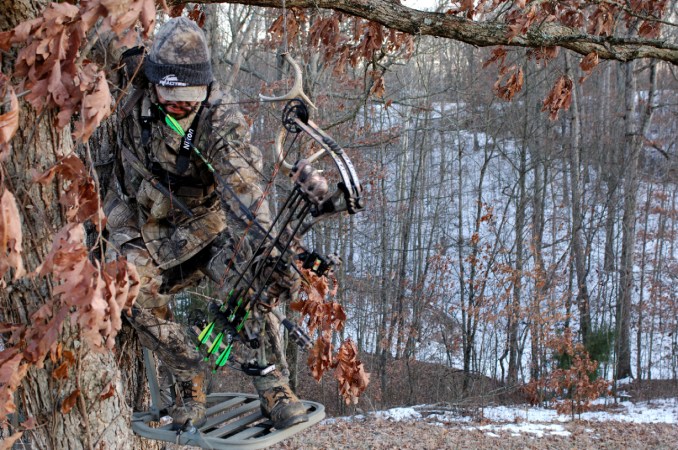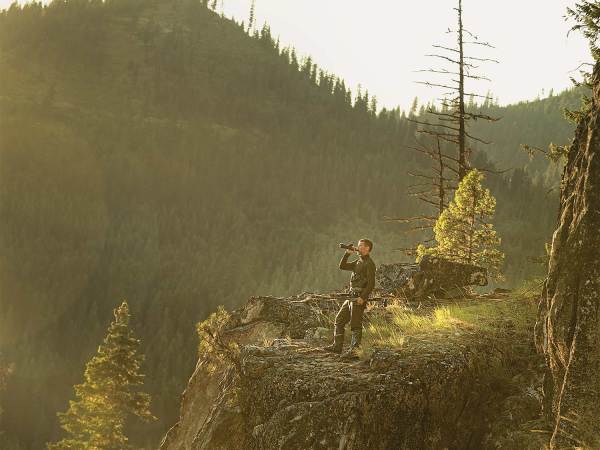For most bowhunters, target panic is always lurking in the background causing us to blow easy shots by punching the trigger. Put plainly, target panic is the anxiety that builds up during the shot process, often while we are aiming and just before we loose the arrow. Many of us deal with target panic by punching the trigger on our release aid when we hope our pin is on target. We can still shoot effectively at modest ranges using this method (at least most of the time). But at its most extreme, target panic can cause an archer to not even be able to float his pin over the bullseye, or to blackout during the shot on a buck of a lifetime. Target panic can be crippling for a shooter.
Joel Turner has been there. Before he was a deadly bowhunter and capable of precision in the highest pressure situations, he missed elk and deer at very close ranges for years. Turner is now a retired SWAT sniper and shooting instructor. He’s blueprinted his journey to accurate shooting through his Shot IQ course, which is all about the mental side of archery. He’s developed a system for curing target panic, buck fever, and generally screwing up in high-pressure situations.
Turner went on the Joe Rogan Experience—one of the most popular podcasts in the world—to talk about archery and offer his advice on how to think about shooting. I’ve spent time with Turner before and I’ve incorporated some of his philosophy into my own shooting. It’s been helpful to me, and I’m sure it can help improve your shooting, too. Here are five big lessons from the episode.
Understand Why You Flinch
Whether you’re behind a .300 Win. Mag. or at full draw with a compound bow your natural tendency is to anticipate the explosion that’s about to happen and brace for the impact. Turner explains that this is the core problem in shooting and the root of our accuracy problems. He says that our brain doesn’t want to allow us to cause our body impact as a surprise. When we’re aiming, our mind knows that when the pin gets on the target, the explosion is coming. Our mind creates efficiencies to get the explosion over with and brace our body, which we see as a flinch or trigger punch. To overcome this, we need to separate aiming and shooting, Turner says.
Separate Aiming and Shooting
When aiming and shooting become a single step, bad things happen. If you’ve ever been aiming your bow and found that the pin was stuck just off the spot you wanted to hit, you experienced a mild symptom of target panic. If you’ve ever blacked out and couldn’t remember a shot on an animal, you experienced a more extreme version of this issue. What’s happening? Turner says if you allow your subconscious to run your shot, it will make the shot more efficient.
But in making an archery shot, you don’t want to be efficient. You don’t want to run on auto pilot. Instead you want to take back control from your subconscious by consciously making shooting and aiming two distinct steps. Let your subconscious mind do the aiming, while your conscious mind should be thinking about the mechanics of breaking the shot.

In the Joe Rogan Podcast episode, Turner said that we spend too much time worrying about steady aiming. Turner’s son, Bodie Turner, is one of the top professional archers at just 16 years old. He’s won major events like the Vegas Shoot, Indoor World Series, and Lancaster Archery Classic. You would expect that Bodie’s pin sits perfectly still on the penny-sized X ring to hit it 60 times in a row, like he did at the Lancaster Archery Classic. But Turner explained that his pin floats throughout the yellow 9 ring, which is about 3-inches in diameter. Bodie lets his pin float while focusing on moving his hinge release. The shot breaks, and the arrow lands in the middle because his subconscious moved the pin on target (our eyes are naturally good at centering objects). Plus, he didn’t have any small movements from flinching.
Make a Decision to Shoot
We know that flinching is bad and over-aiming leads to problems. The next big lesson from the podcast episode was that in order to prevent your subconscious from ruining your day, you have to make the decision to shoot. Turner does this with self talk as he’s reaching full draw or reaching for the trigger on a gun. He tells himself, “here I go.” That self talk keeps him in the present and focused on the steps he needs to take to make a good shot, rather than focusing on the fact that he needs to make a good shot or hoping he gets the result he’s after. After that, repeating a word like “pull, pull, pull” or “squeeze, squeeze, squeeze” will help you focus on what you actually have to do to break the shot cleanly.
Turner says this self talk or mantra, especially when paired with determination, is key for making good shots under pressure.
Move Your Trigger Slow Enough That You Can Stop
A point turner hit on several times was that you need to move your trigger slow enough that you can stop it at any point. That slow movement is important for not only aborting a shot when things aren’t right, but also keeping the shot in the conscious part of your brain.
READ NEXT: Best Bow Releases
Blueprint Your Shot Process
We’re lucky to get a few shots at animals a year, and it’s hard to get enough practice in those intense moments to figure out what works. Turner recommends archery competitions for concentration practice because they give you a chance to take hundreds of shots with nerves.
Once you find success in shooting under pressure, it’s important to remember what you did to make it happen. What did you say to yourself? What did you focus on? Turner calls this “blueprinting your shot.” Once you have your shot blueprint, you can use it every time you shoot a bullet or arrow.
READ NEXT: Breaking Trad: Archery Lessons from Tom Clum Sr.
The Upshot on Target Panic
Slinging arrows in the backyard is fun and relaxing, but if you’re not practicing with intent, you’re probably not getting any better. In fact, you might only be practicing bad habits, Turner says. The often neglected, but critically important, mental side of shooting is often the key to more accurate shooting. These tips and listening to the podcast will get you started, but Turner offers classes online and in person. You can find information on his classes at SHOT IQ.


